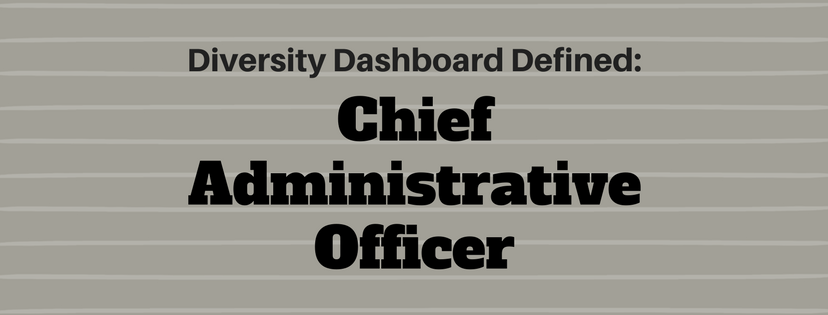
Prior to reaching out to all state municipal leagues to request sharing of data, our Diversity Dashboard team solidified definitions for each of the fields of data they seek to collect & analyze.
Chantalle LaFontant & Chuck Lehmuller share how the Diversity Dashboard team defines Chief Administrative Officer:
Municipal governments can take a variety of personnel approaches to the formation and execution of policy. Most people think the “mayor” is the chief administrator of policy in their municipality, but the reality can be somewhat muddier.
The determination of who takes on the responsibility of managing the many facets of local government can be found in each municipality’s charter and is determined by the form of government chosen at the establishment of the current charter.
“Mayor-council” cities give their top elected official administrative power. In the mayor-council form of government, the mayor acts as the chief administrative officer, acting as both a political figure and as practical manager of the various city departments. Mayor-council cities have become less common, but many larger cities still maintain this form.
“Council-manager” cities still have elected officials, but the day-to-day administration of the government falls on an appointed city/town manager/administrator, who is chosen by the elected officials and serves at their pleasure. Council-manager cities are commonly mid-sized, with larger cities in the South adopting this form as well.
Small cities sometimes use more esoteric forms of government. “Commission” form splits the duties of running a government between elected commissioners, with a single chairman or mayor overseeing the duties of each commissioner. “Town meeting” forms, common in small New England towns, give elected officials the power to implement policy but the voting for policies occurs popularly, with each resident or selected resident representatives voting on ordinances and actions.
Sometimes small communities designate the city clerk/secretary as the appointed official that manages the execution of most municipal functions.
While the forms of government might seem disparate, all are common in their assignment of governance to an individual or a group of individuals. The individual charged with executing policy is known as a Chief Administrative Officer (CAO). In mayor-council cities, the mayor commonly serves as CAO but in some cases a separate CAO might be appointed to assist with managing the government. In council-manager forms, the appointed manager/administrator acts as CAO. In town meeting governments, a CAO may be appointed by town selectmen to execute policy. In all cases, the chief responsibility of the CAO is the oversight of daily operations for the city, ensuring its smooth execution and compliance with mayoral and/or council policies.
To put it succinctly, regardless of type of government, legislative power rests with the legislative body, whether it is a council or popular group. Executive power is vested in whomever the CAO is – whether they be mayor or manager.
